We all have at least an inkling of what street photography is, but I think it can be generally described as candid photography of everyday life. Sounds easy enough, right? May is Street Photography month at Henry’s and here’s hoping we can inspire you to get out and use that camera and capture some decisive moments.
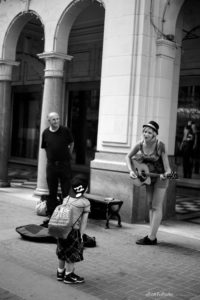
Today’s street landscape poses some interesting and often frustrating challenges that many environmental photographers of years past didn’t have to worry about. Things such as the perceived invasion of privacy, national security and an overall wariness the general public has of photographers. Fair or unfair, this is the world in which we live and this leads me to my first and most significant point:
Respect for the subject and for the environment is the most important facet of street photography.
If a subject does not wish to be photographed, don’t photograph them. If a subject shouldn’t be photographed (eg. the destitute or those in distress), do not make that picture. Simply put, follow some general rules of etiquette and you’ll be fine.
Maybe you’re thinking you’ll get around this issue by using that 70-200 you love so much. You could, but remember the increasing wariness the public has of photographers? Street photography isn’t about being sneaky or stealthy. I feel that a great environmental photographer is as much a part of the scene as the subject. Blend in, be a normal person and wear normal clothes. Yes, this means the photographer’s vest and the big backpack are out and so is the big white eyeball-magnet lens. What I’m saying is don’t attract negative attention and the way you carry yourself is step one of that process. You are a part of the scene whether you like it or not. Don’t forget to smile and don’t be afraid to engage in conversation. You’d be surprised how far it can get you.
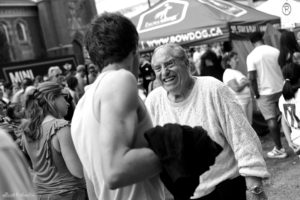
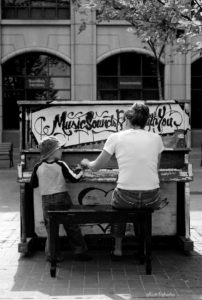
But I have an SLR, am I out of luck? No, not at all. While I don’t necessarily recommend the use of a large, pro 1DX as a street photography camera, an SLR with a little prime lens or a small zoom would do the job well. Traditionally, the 50mm lens has been called the perfect street lens. Some say the 35mm and some say the 28mm even. As previously mentioned in another article, the crop-factor of your camera might make a difference in the lens(s) you choose. For a cropped camera, a 28-35mm lens might work, where on a full-frame camera, a 35-50mm lens might be more appropriate. It’s really the choice of the photographer and your money manager (my wife for me). There really isn’t one perfect choice, but the common denominator between all of these lenses is that they are small (yes, there are some larger, fast glass offerings from the major brands but I think they are a bit cumbersome for the streets and for the sake of simplicity, I’m referring to their smaller and lighter counterparts such as the F1.8-2 lenses).
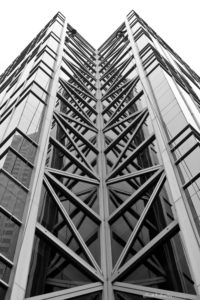
Pre-visualization is crucial to street photography because time is at a minimum. Moments are fleeting, lighting changes or somebody starts yelling at you. Plan your scene. Cartier-Bresson would often wait with a desired composition hoping something interesting would happen. Oftentimes, the scene happens quickly and the better prepared you are mentally, the more success you’ll have.
Finally, what should one shoot on the streets? Well, life as it happens I’d say. But when composing look for interesting shadows, leading lines, contrast, humour, irony and what I like to look for mostly is happiness. It’s easy to photograph the downtrodden or the depressed because it’s everywhere. Happiness is harder to find but it’s out there and when found and captured it makes for a compelling image worthy of attention.
Think about what it is you’re trying to say with each image and tell a story.
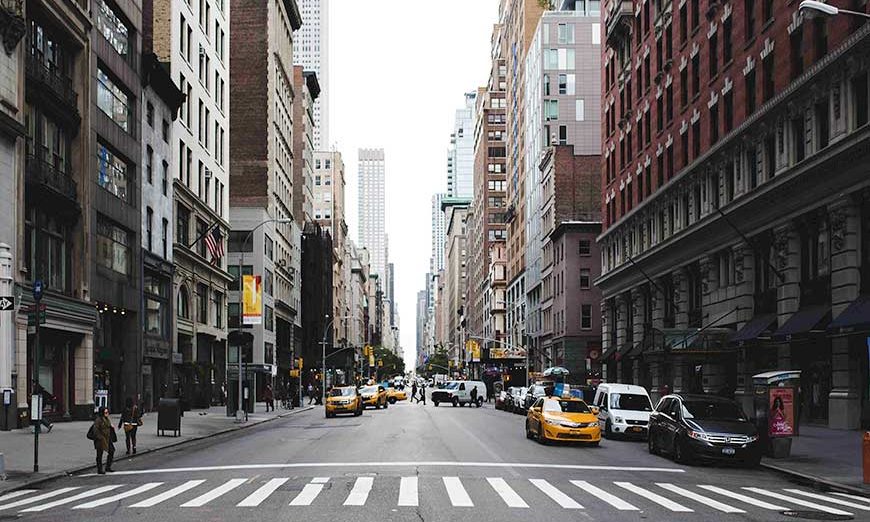
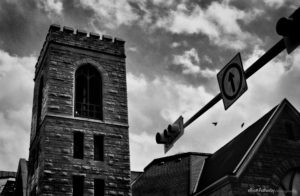




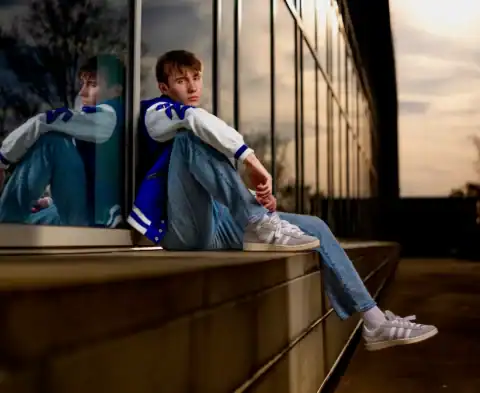
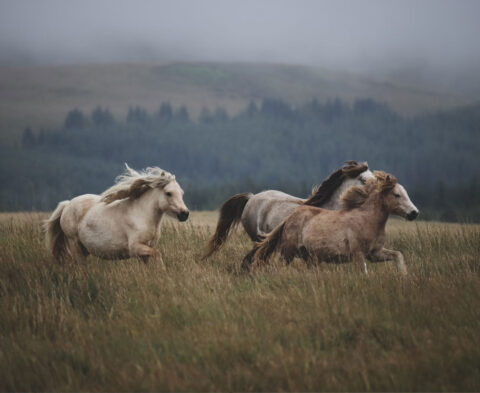
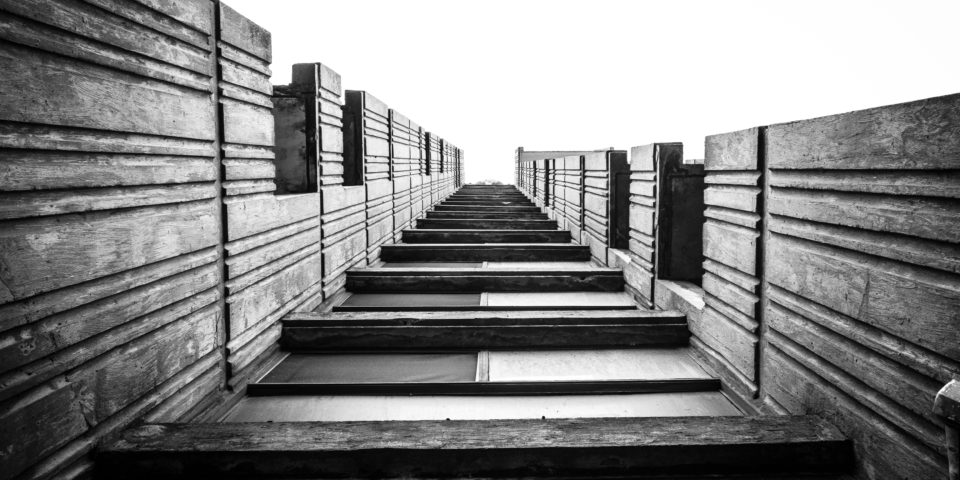
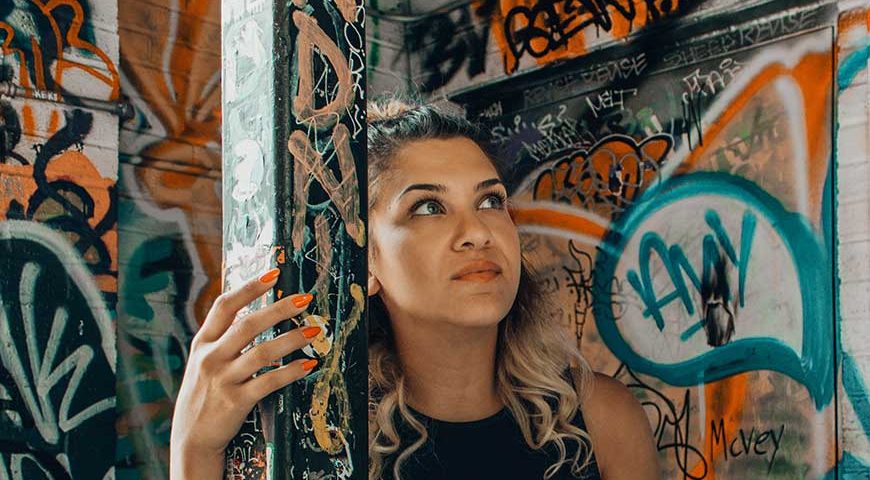
COMMENT (1)
Pingback: Street Photography Month at Henry's | Henry's Blog